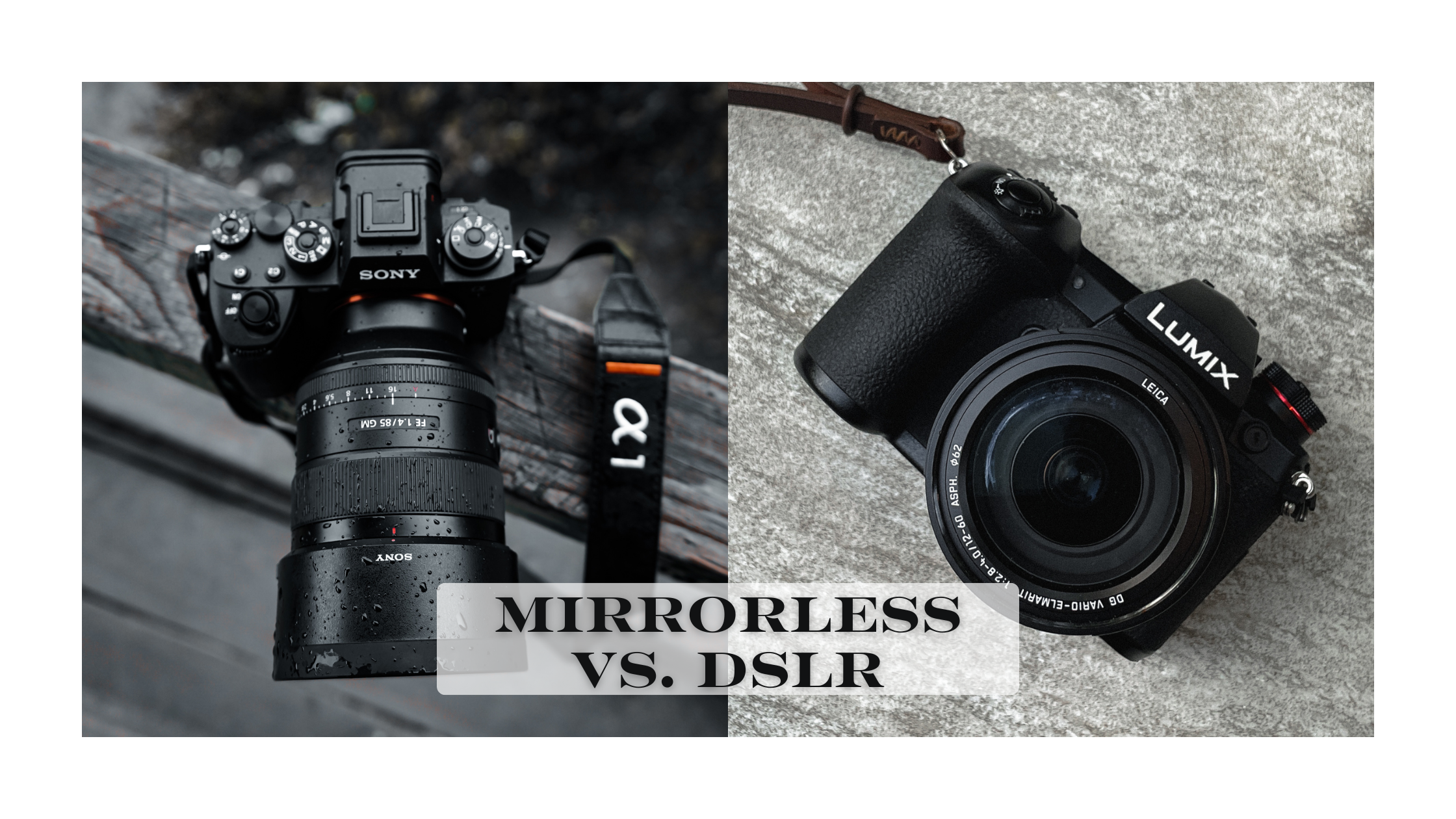

Mirrorless vs. DSLR: Which Should You Choose in 2024?
Mirrorless vs. DSLR: Which Should You Choose? Choosing the right camera can be challenging, especially with the rapid advancements in photography technology. In 2024, the debate between mirrorless and DSLR cameras continues to be significant. Both have their unique advantages and disadvantages. This blog will guide you through the essential points to help you decide which should you choose: a mirrorless camera or a DSLR?
Understanding the Basics
What is a DSLR?

DSLR stands for Digital Single-Lens Reflex.
Mechanism: Utilizes a mirror mechanism to reflect light from the lens to an optical viewfinder.
Size: Typically larger and heavier due to the mirror and prism system.
Battery Life: Often boasts longer battery life as they use less power when the optical viewfinder is in use.
What is a Mirrorless Camera?
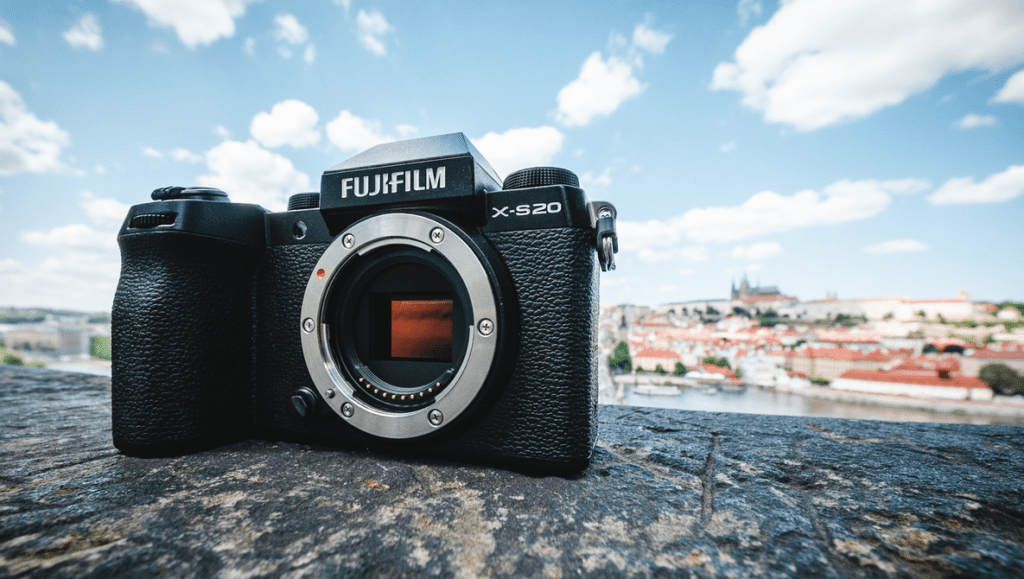
Mirrorless Cameras do not have a mirror to reflect light.
Mechanism: Light goes directly from the lens to the digital sensor, with the image displayed on an electronic viewfinder or LCD screen.
Size: Usually more compact and lighter since they lack a mirror mechanism.
Battery Life: Often shorter battery life due to the constant use of the electronic viewfinder and LCD screen.

Key Differences
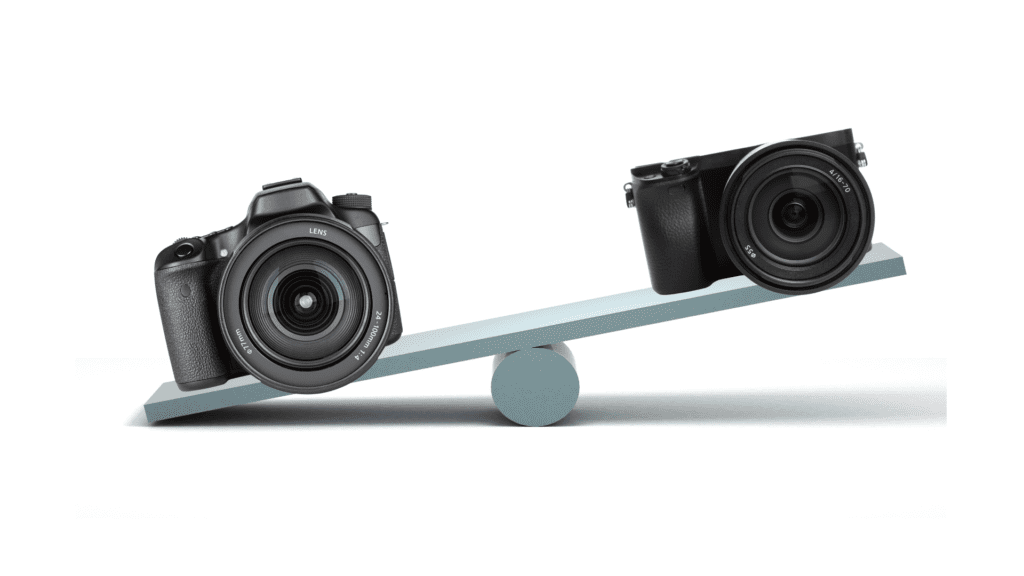
1. Size and Weight
Mirrorless Cameras: Smaller and lighter, ideal for travel and street photography.
DSLR Cameras: Larger and heavier, offering better ergonomics for extended shoots.
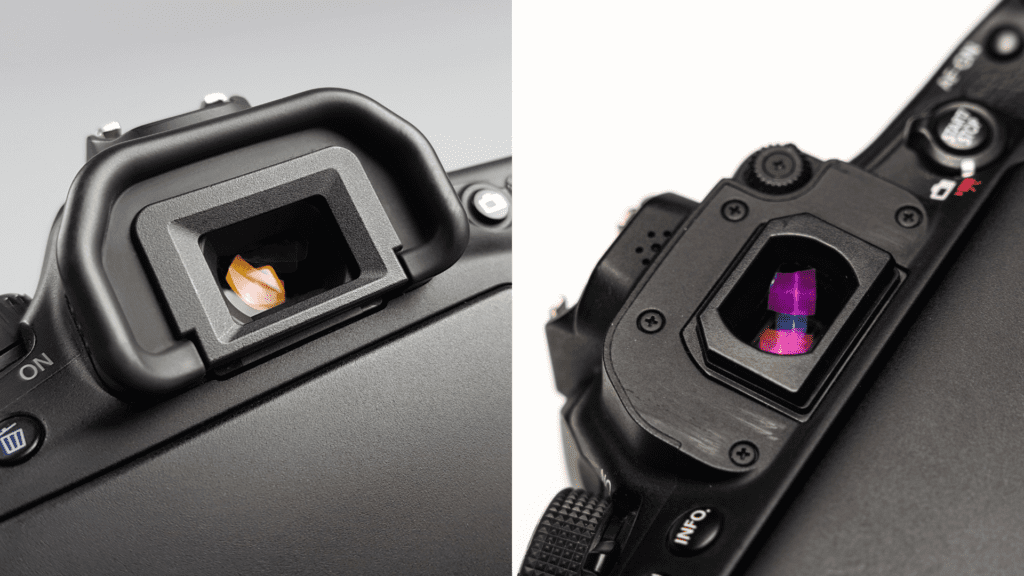
2. Viewfinder
Mirrorless Cameras: Use electronic viewfinders (EVFs) to display a digital image preview.
Pros: What You See Is What You Get (WYSIWYG) with real-time exposure adjustments.
Cons: Can experience lag and consumes more battery.
DSLR Cameras: Use optical viewfinders (OVFs) to show a direct optical view through the lens.
Pros: No lag and doesn’t consume battery power.
Cons: Cannot preview exposure adjustments.

3. Autofocus System
Mirrorless Cameras: Feature advanced autofocus systems with more focus points and superior performance in video mode.
Example: Eye-detection and face-detection autofocus.
DSLR Cameras: Use reliable phase-detection autofocus systems that excel in low light.
Example: Traditional phase-detection suitable for fast-moving subjects.
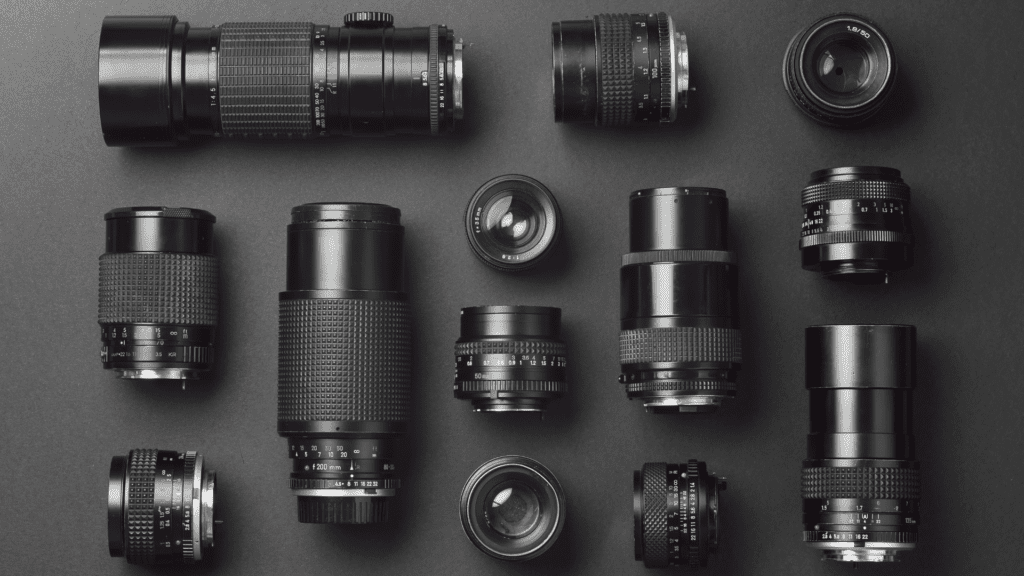
4. Lens Availability
Mirrorless Cameras: A growing selection of lenses, with many manufacturers offering adapters for DSLR lenses.
Brands: Canon RF, Sony E, Nikon Z mount lenses.
DSLR Cameras: A vast range of lenses available, developed over decades.
Brands: Canon EF, Nikon F mount lenses.

5. Battery Life
Mirrorless Cameras: Typically shorter battery life due to continuous electronic viewfinder and LCD screen usage.
Average: Around 300-400 shots per charge.
DSLR Cameras: Generally longer battery life, especially when using the optical viewfinder.
Average: Around 600-1000 shots per charge.

6. Video Capabilities
Mirrorless Cameras: Generally better suited for video with features like in-body stabilization and advanced autofocus.
Pros: Lighter weight and superior autofocus in video mode.
DSLR Cameras: Good video quality but can be bulkier and have slower live view autofocus.
Cons: Might require additional gear for stabilization.
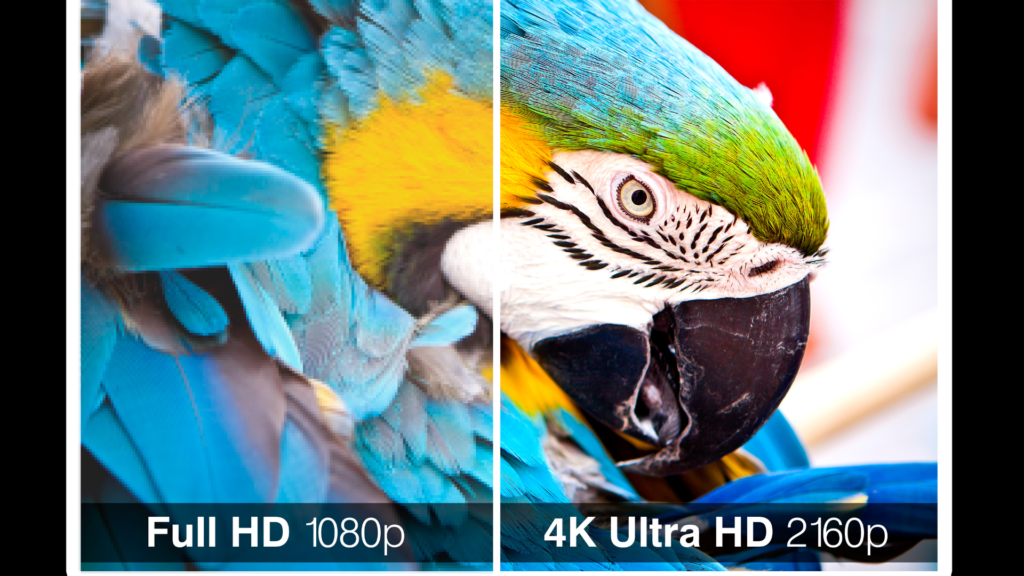
7. Image Quality
Both: Offer excellent image quality with large sensors and advanced image processing.
Mirrorless Cameras: Benefit from new sensor technologies and continuous improvements.
DSLR Cameras: Have a long history of producing high-quality images with proven technology.
Pros and Cons
Mirrorless Cameras
Pros:
Compact and Lightweight: Easier to carry around.
Real-time Exposure Preview: EVF shows exactly what the final image will look like.
Better for Video: Advanced autofocus and stabilization.
Quiet Operation: Lack of a mirror slap makes them quieter.
Cons:
Shorter Battery Life: More frequent recharging needed.
Limited Lens Selection: Growing but still catching up with DSLR lenses.
EVF Lag: Can have a slight lag compared to optical viewfinders.
DSLR Cameras
Pros:
Longer Battery Life: Can shoot for longer periods.
Extensive Lens Range: Wide variety of lenses available.
Optical Viewfinder: Real-time, lag-free viewing.
Durable Build: Often more robust and weather-sealed.
Cons:
Bulkier and Heavier: Less convenient for travel.
Limited Video Features: Not as advanced in autofocus and stabilization.
No Real-time Exposure Preview: Requires experience to anticipate exposure settings.
Latest Trends and Innovations in 2024
Mirrorless Cameras
AI-Enhanced Autofocus: Utilizing AI for better subject tracking and recognition.
Increased Battery Efficiency: New models with improved battery life.
Advanced Connectivity: Seamless integration with smartphones and cloud services.
DSLR Cameras
Hybrid Viewfinders: Combining optical and electronic elements for a best-of-both-worlds experience.
Improved Sensors: Enhanced image quality with better low-light performance.
Durability: Continued focus on rugged, professional-grade bodies.
Making Your Decision: Mirrorless vs. DSLR: Which Should You Choose?
Consider Your Needs
Portability: If you need a compact setup for travel or street photography, a mirrorless camera is ideal.
Battery Life: For extended shoots without frequent recharging, a DSLR is preferable.
Video Work: Mirrorless cameras generally offer better video features.
Lens Options: If you already own DSLR lenses or need a wide range of options, a DSLR might be better.
Future-Proofing: Mirrorless technology is rapidly advancing and might offer more cutting-edge features.
Budget Considerations
Initial Cost: Mirrorless cameras can be pricier, especially with new lenses.
Long-term Investment: Consider the cost of lenses and accessories for both systems.
Personal Preference
Handling and Ergonomics: Some photographers prefer the feel of a larger, more substantial DSLR.
Viewfinder Preference: Decide whether you prefer an optical or electronic viewfinder experience.
Conclusion
In 2024, both mirrorless and DSLR cameras offer compelling features for photographers. Your choice between mirrorless vs. DSLR: which should you choose, depends on your specific needs, preferences, and budget. Mirrorless cameras continue to innovate with advanced features and compact designs, making them ideal for modern photography. DSLRs, with their robust build and extensive lens options, remain a solid choice for many professionals and enthusiasts. Evaluate your requirements carefully to make the best decision for your photography journey.
Visit Our Social Media: Facebook, Instagram, Twitter.
Visit Our Website for more informative Blogs: smkstudios.in

